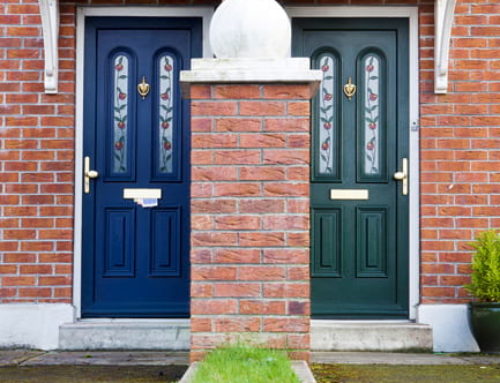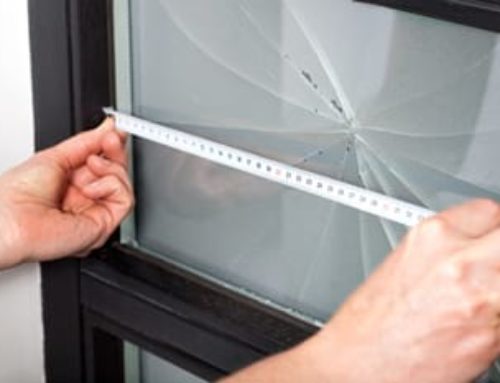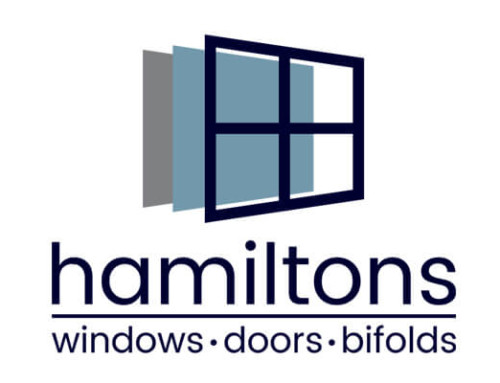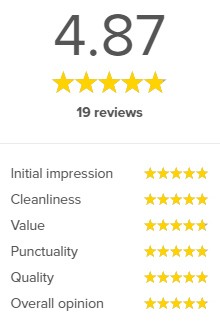 If you know a bit about double-glazing, you probably know that a gas is typically used between panes of glass in order to prevent thermal conductivity (for example heat loss in winter). However, a new type of glazing is currently in development, which stands to offer even greater levels of energy efficiency. Here’s what you need to know…
If you know a bit about double-glazing, you probably know that a gas is typically used between panes of glass in order to prevent thermal conductivity (for example heat loss in winter). However, a new type of glazing is currently in development, which stands to offer even greater levels of energy efficiency. Here’s what you need to know…
How vacuum insulated glazing differs
In most high performing glazing products today, a gas replaces air between two or three panes of glass. The gas may be:
- Argon (thermal conductivity 67% of air)
- Krypton (thermal conductivity 35% of air)
- Xenon (thermal conductivity 22% of air)
The last two gases named above are also expensive. So, what’s the alternative option?
Vacuum insulated glazing
In order to maximise thermal efficiency, no gas should fill the space at all. In fact, research and development shows that creating a vacuum between two panes of glass could be up to five times more effective when insulating a house than current insulating glass technology.
There are a number of additional benefits…
- Vacuum insulated glazing (or VIG) can equal or exceed triple glazing with less weight and bulk
- VIGs are thin and so are suitable for façade designs
Hamilton Windows: investment in ever-improving technology
Our team is committed to providing quality glazing solutions for our customers, as well as finding products that are friendly to the planet. We currently offer a wide range of exceptional, A+ rated glazing that will aid the energy efficiency of your home, whilst looking sleek and stylish. For more information, don’t hesitate to get in touch with our team on 020 8390 4855 or alternatively fill in a few of your contact details on our enquiry form. We look forward to hearing from you and to settling on the perfect solution for your property.
If you liked this article on glazing, now try these:
- A+ rating for energy efficient windows is launched
- Hamilton Windows’ guide to energy ratings and glazing products
- How to help the environment from the comfort of your home





